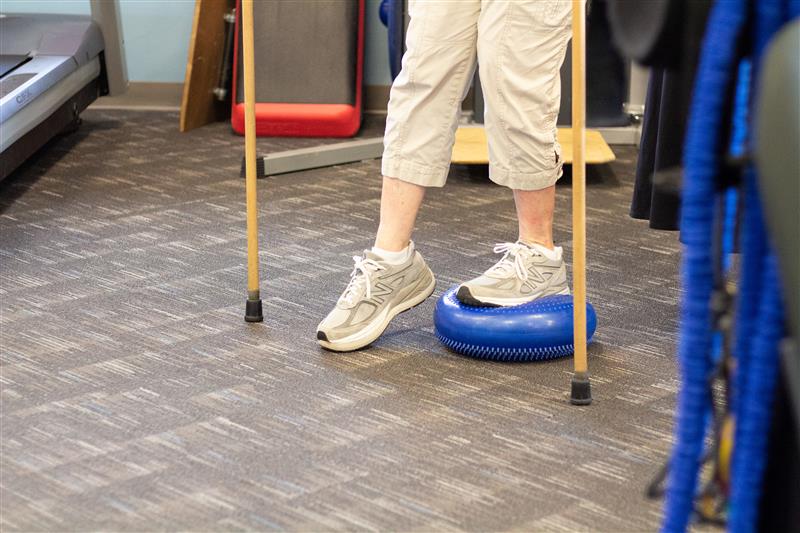Dr. Andre Porterfield shares these tips and advice for improving sleep and a short four-question “Slumber Scorecard” quiz to determine your sleep quality.
A good night’s sleep is often elusive. We dream about it, we crave it, and our bodies and minds need it, yet we often fail to get it. According to the National Institutes of Health, one in every three adults says they don’t get the recommended amount of sleep. Many of those who struggle with sleep also deal with back pain. Back pain is one of the most common medical problems, affecting four out of five people.
“Good sleep is foundational to our health, affecting everything from mood to chronic pain,” says Andre from the ProActive Green Valley clinic. “With research showing a link between poor sleep and back pain, we’re helping patients break that cycle by adjusting their bedtime routine to include easy-to-perform stretches and rethinking the position they sleep in.”
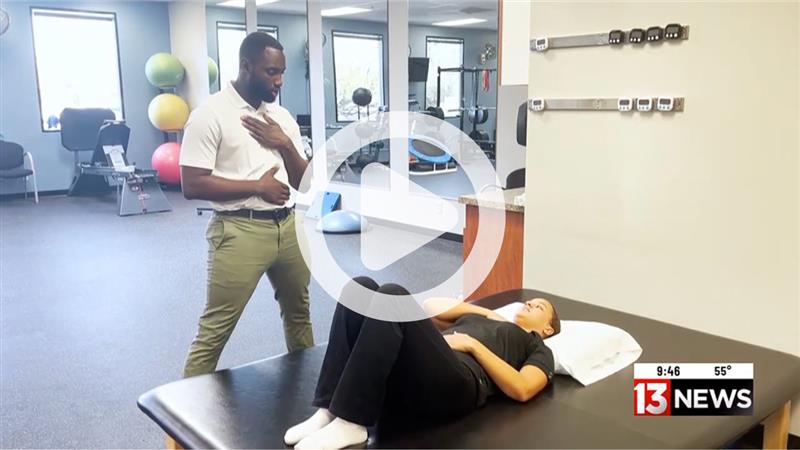
Why is Quality Sleep Important?
It’s a vicious cycle. Poor sleep increases the chance of chronic pain, and untreated existing pain worsens your sleep quality. Addressing and treating the cause of either poor sleep or chronic pain is vital in breaking the cycle.
Meanwhile, a good night’s sleep allows you to wake up feeling refreshed and have sufficient energy to tackle the day. It can also improve your focus and mood throughout the day. Beyond making it through the day, consecutive nights of quality sleep improve your overall health and reduce the likelihood of chronic pain.
Understanding Your Sleep Position and Enhancing Comfort
Your sleep position significantly affects your overall comfort and can help mitigate aches and pains. Here are insights into each sleep position and tips for enhancing your sleeping experience:

Side Sleeper: To maintain comfort and support, keep your legs gently bent and place a pillow between your knees to help keep your hips aligned. Arrange your lower arm forward to rest more comfortably on your shoulder blade. This can ease any undue pressure, promoting a restful night’s sleep.

Back Sleeper: Enhancing the natural curve of your lower back is key. Position a pillow beneath your knees to provide this support. Choosing a supportive pillow for your head is also crucial to ensure that your head, neck, and spine are well-aligned, fostering a pain-free sleeping environment.

Stomach Sleeper: While sleeping on your stomach is generally not advised due to potential discomfort, there are ways to improve this position. Placing a pillow under your pelvis can help maintain a more neutral spine alignment. A flatter pillow under your head, or even going without one, can contribute to better spinal alignment and reduce strain.
Stretches Before a Soothing Sleep
These three stretches can help you achieve restorative sleep.
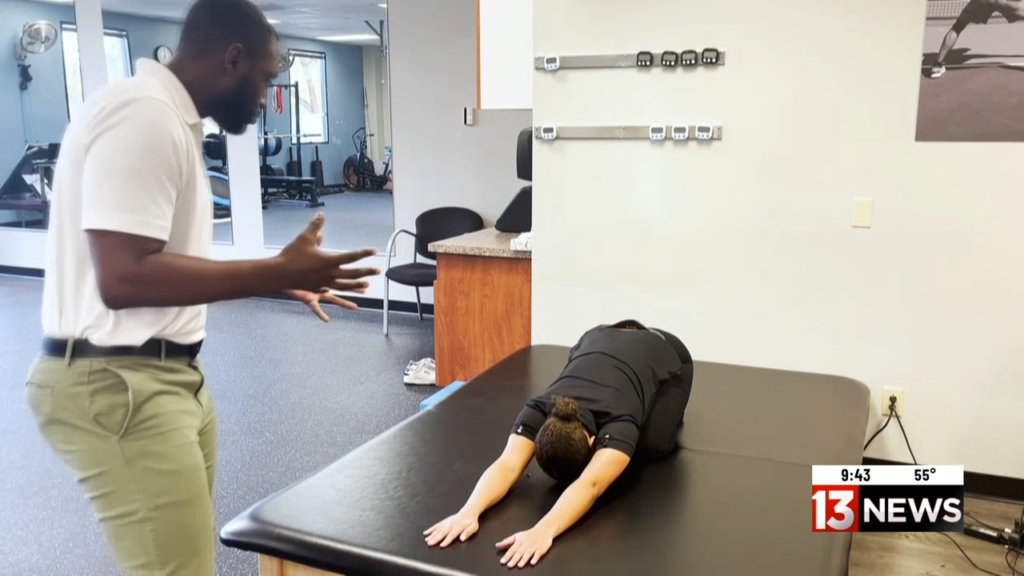
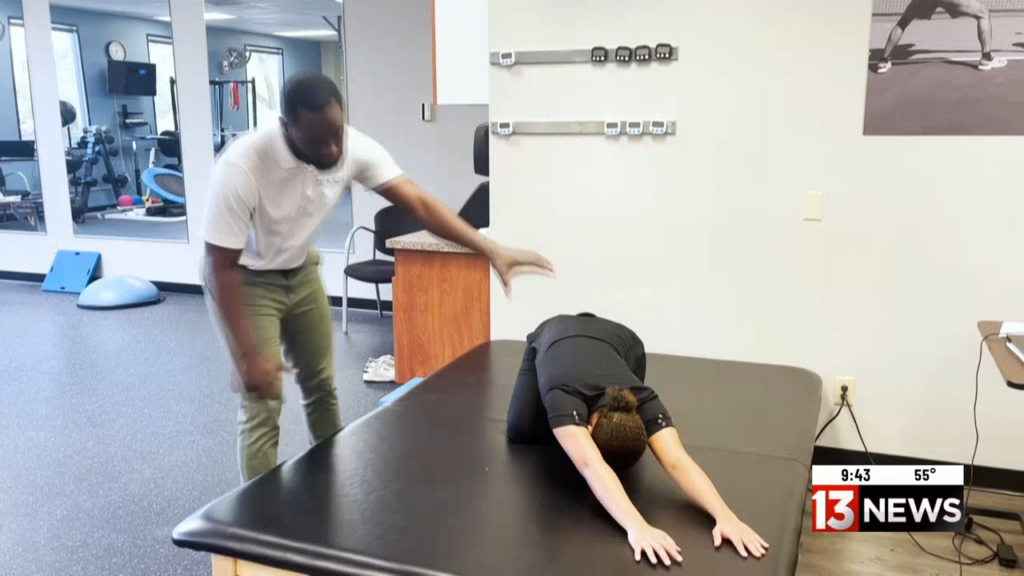
3-Way Prayer Stretch
Start by sitting on your heels in a kneeling position. Lean forward, extending your arms in front of you on the floor. Move your hands to the right to stretch the left side of your back. Hold, and switch to the left to stretch the right side. Finish by stretching directly forward to elongate the spine. Do this thrice in each direction, holding for 30 seconds each time.
- Benefits: This stretch targets the sides and middle of the back, enhancing spinal flexibility and relieving tension in the back muscles.
Lower Trunk Rotations
Lie on your back with your knees bent and feet flat on the ground. Keep your shoulders on the ground, and rotate your knees to one side, hold, then rotate to the other. Do 20 repetitions on each side.
- Benefits: This exercise helps to loosen and mobilize the lower spine, reducing stiffness and promoting relaxation of the lower back muscles.
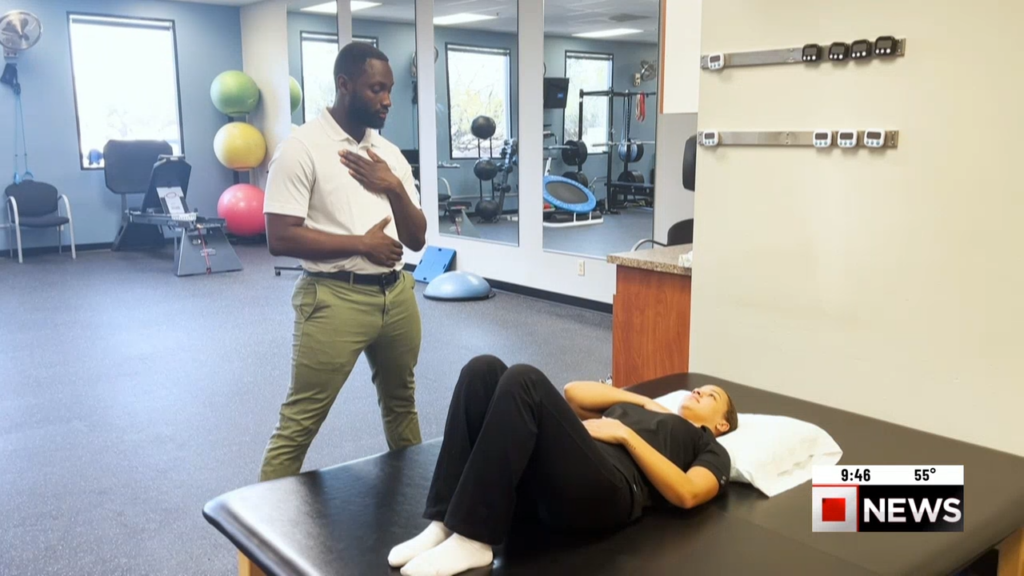
Diaphragmatic Breathing
Lie on your back with one hand on your upper chest and the other on your belly. Breathe slowly through your nose, focusing on inflating your diaphragm (not your chest) with enough air to stretch your lungs. Exhale slowly and repeat. Do this for three minutes.
- Benefits: Diaphragmatic breathing lowers your heart rate and calms down the nervous system to allow the body to relax and ease into a restful sleep.
Other tips to improve your sleep include establishing a regular bedtime routine with the abovementioned stretches. Limit screen time and exposure to blue light before bed. Ensure your mattress and pillows properly support your back; make sure they don’t sag. The best mattress depends on each person’s weight, body shape, sleeping position, and personal preference. Research shows that medium-firm mattresses provide the best relief for back pain.
Take this quick 4-question Slumber Scorecard Quiz* to find out what kind of sleeper you are.
*Remember, this quiz contains general advice and cannot replace professional medical advice. It’s always best to consult a healthcare provider to thoroughly understand your concerns.
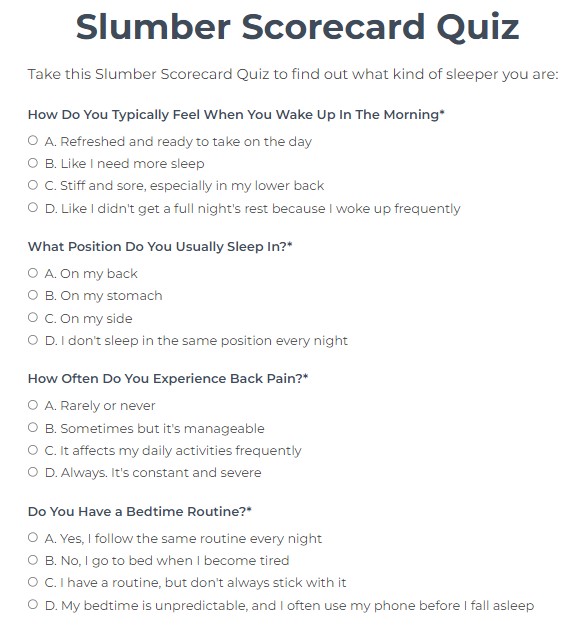
If you need help managing your back pain and getting better sleep, request an appointment at any of our 8 locations in Tucson. Or give us a call at ProActive Physical Therapy at 520-747-9225.



